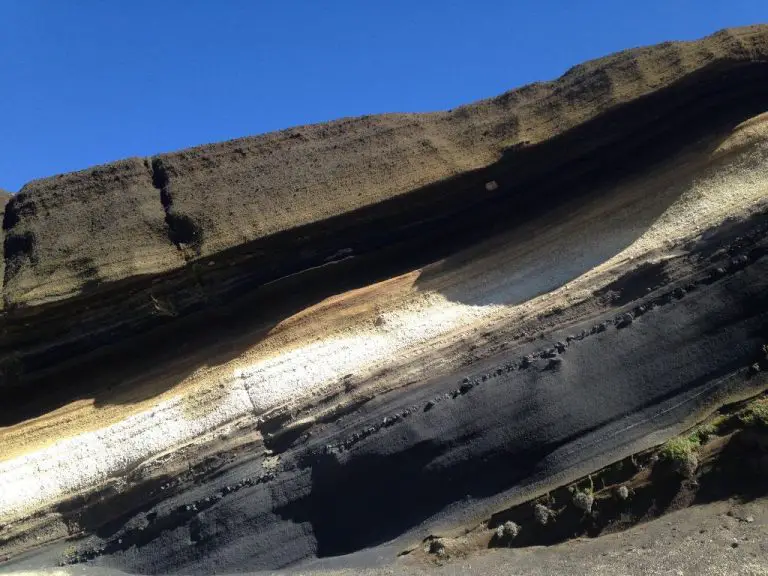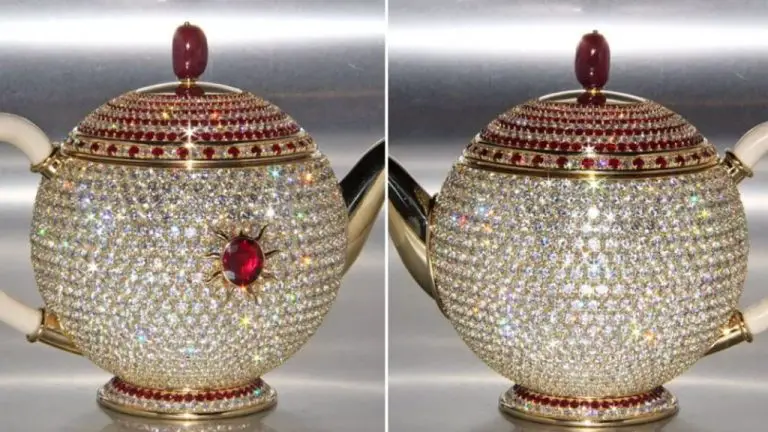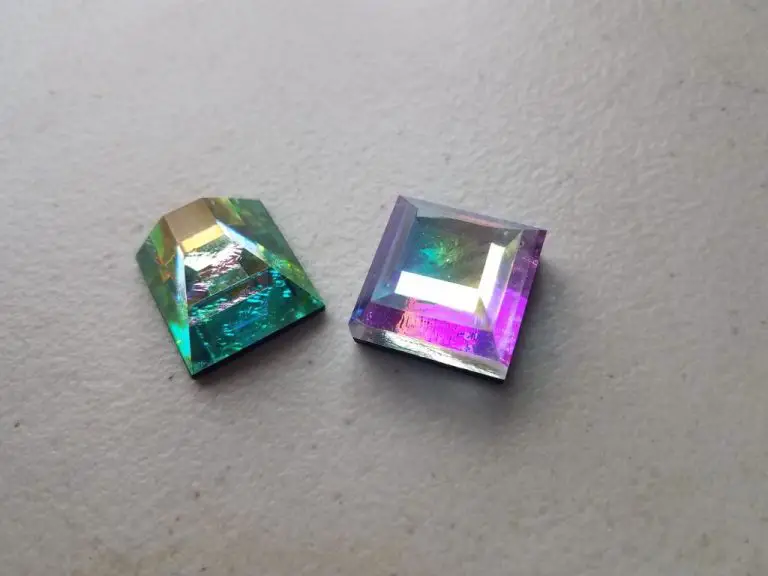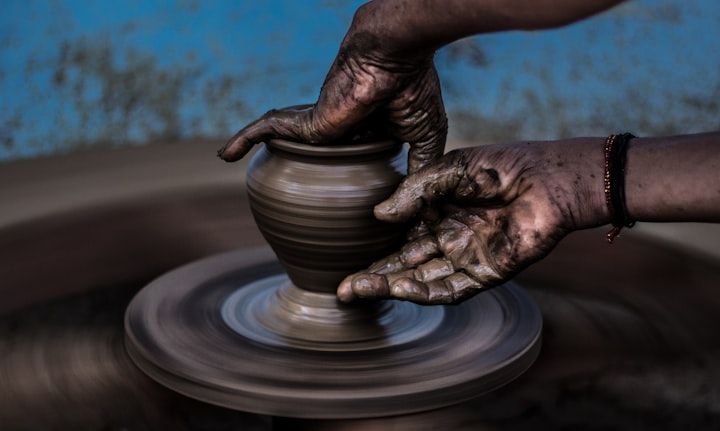What Is A Japanese Hake Brush?
A Japanese hake brush (also known as a hake) is a type of paintbrush traditionally handmade in Japan for centuries. Hake brushes are versatile tools used for calligraphy, sumi-e ink painting, and watercolor painting.
The history of the hake brush dates back to ancient Japan. The first written record of the hake brush appeared in the Heian period document “Wamyō Ruijushō” in 938 AD. Hake brushes were originally made from animal hair, but horse and goat hair became the preferred materials over time. The city of Kumano in Hiroshima prefecture emerged as a major production center for hake brushes starting in the Edo period due to its abundant resources of high-quality horsehair.
Over the centuries, hake brush making evolved into a refined craft in Japan. Master brushmakers developed specialized techniques for sorting and processing animal hairs, constructing the brush head, and lacquering the handles. Traditional hake brushes are still handmade today by skilled artisans.
Materials

Hake brushes are made from natural materials that impart softness and flexibility to the bristles. The most common materials used are:
Horsehair – Horsehair is the traditional material used for hake brushes. It has excellent snap and pointing ability. Horsehair bristles are soft and lend themselves to delicate brushstrokes.
Wood – The handles of hake brushes are usually made from natural wood like bamboo. Bamboo imparts lightweight strength and ensures the bristles are securely fastened.
Lacquer – Natural lacquer made from the sap of the urushi tree is used to waterproof and protect the wooden handle of hake brushes. Multiple layers of urushi lacquer make the handles durable.
Uses
Japanese hake brushes are commonly used for calligraphy, sumi-e painting, and applying cosmetics. The soft, flexible bristles allow the brush to hold a lot of ink or paint while still maintaining a fine point, making them ideal for the delicate strokes required in calligraphy and sumi-e (John Lovett – Artist | Workshops). The bristles are also gentle enough to apply cosmetics smoothly and evenly to the skin.
In calligraphy, hake brushes can create both thick and thin strokes depending on the amount of pressure applied. This allows calligraphers to produce beautiful flowing scripts like kanji and kana. For sumi-e painting, hake brushes are essential for laying precise, elegant black ink strokes to build up monochrome images of animals, landscapes, flowers, and more.
To apply facial powders and creams, the soft tips of hake brushes gently ‘feather’ the product onto skin without streaking or leaving visible brush strokes. Their versatility and delicate touch make hake brushes a staple of Japanese artistic and cosmetic traditions.
Sizes
Japanese hake brushes come in a wide range of sizes to suit different artistic needs. The size of the brush refers to the width of the brush head and affects the kinds of strokes and lines that can be produced.
Smaller brushes, around 1-5mm, are good for detailed work, fine lines, and adding accents. Medium brushes around 5-10mm are versatile and used for moderate details, basic brush strokes, and wider lines. Larger brushes 10mm and above are ideal for broad strokes, backgrounds, and bolder effects.
Typical sizes include:
- Extra small (1-3mm) – for minute details
- Small (3-6mm) – thin lines and small accents
- Medium (6-10mm) – all-purpose for most painting
- Large (10-20mm) – broad strokes and backgrounds
- Extra large (20mm+) – very wide strokes and large surface coverage
Artists often have a range of brushes in different widths for versatility. The right size brush allows the desired effects, whether it’s intricate details or expressive, abstract strokes.
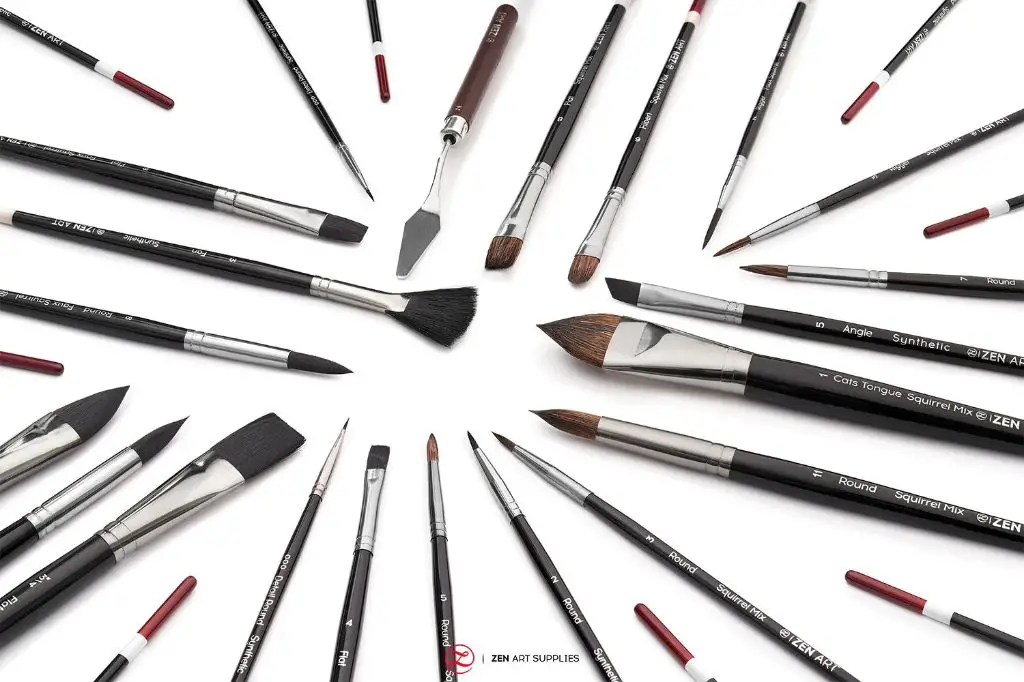
Shape
The Japanese hake brush has a flat shape that tapers to a fine point at the end (Understanding Brush Shape Names, Hair, and Applications). This allows the brush to hold a large amount of paint or water while also enabling precise strokes. The wide flat body of the brush can quickly cover large areas, while the fine tip can be used for details and edges.
The flat shape is optimal for performing techniques like brush strokes, blending, and washes over broad surfaces. It can also be turned on its side to create wide sweeping strokes. The tapered point provides good maneuverability for painting intricate designs.
Manufacturing Process
Japanese hake brushes are handmade using traditional techniques that have been passed down for generations. The process involves many meticulous steps to construct the brush.
It begins with sorting and selecting the proper hairs for the brush. Traditionally goat, horse, or weasel hair is used. The hairs are washed, combed and sorted by length and thickness (John Lovett). The finest hairs are used for the tip of the brush while coarser hairs make up the body.
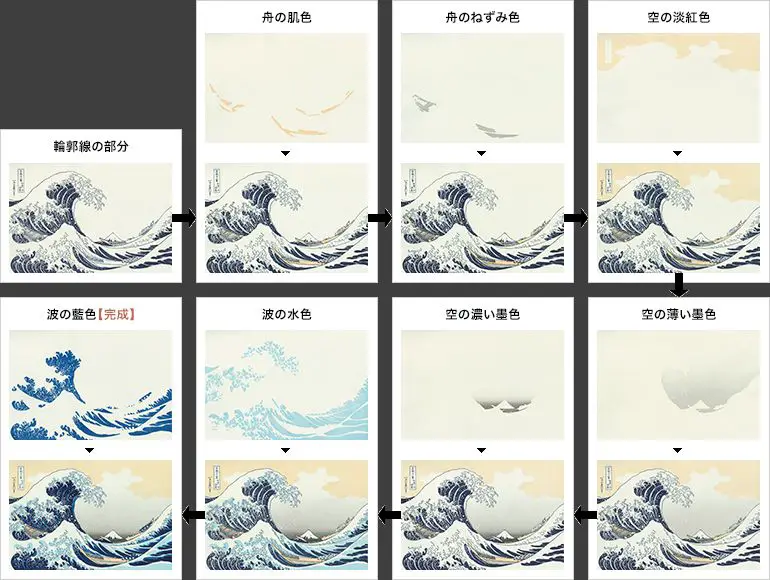
The sorted hairs are then bound together to form the brush head. The hair bundle is carefully inserted into a split section of bamboo or wood and bound tightly with thread. The handle is shaped from a single piece of wood that has been aged and seasoned. The hair bundle is then glued into the handle using natural adhesives like rice paste or lacquer resin. The brush head is formed into the proper shape by the brush maker (Hiromi Paper).
Finally, the brush head is trimmed to achieve the ideal form. This finishing work brings out the best performance from the hake brush. Each brush is meticulously constructed by hand in the traditional manner.
Artistic Techniques
Japanese hake brushes are highly versatile and can produce a wide variety of artistic effects. Here are some of the most common brushstroke techniques used with these brushes:
Bokashi: This technique involves gradually fading a stroke from dark to light. It is done by applying gradient pressure when pulling the brush across the surface. Bokashi creates soft, atmospheric effects and can suggest depth.
Kesa: Also known as “kesagiri,” this diagonal stroke technique is frequently used in calligraphy. The brush is held perpendicular to the paper and pulled downward to make slanted lines. Kesa expresses energy and movement.
In addition to these techniques, Japanese hake brushes can also produce effects like gradation, dripping, and splashing when used skillfully. The versatile shape allows both broad strokes and fine detail work. Artists use hake brushes to produce stunning sumi ink paintings as well as calligraphy.
Care and Maintenance
Proper care and maintenance are important for preserving the quality and lifespan of a Japanese hake brush. Here are some tips for cleaning, storing, and maintaining a hake brush:
Cleaning the brush after each use is recommended. Gently wash the bristles with mild soap and lukewarm water to remove any paint residue. Avoid harsh cleaners or scrubbing, as this can damage the delicate bristles. Gently reshape the brush and allow it to fully air dry with the bristles facing up before storing.
For storing, lay the brush horizontally or hang it with the bristles facing down. This helps maintain the shape of the brush. Keeping it in a brush holder or sleeve can also protect the bristles. Avoid storing the brush upright on its handle as this can bend and misshape the bristles over time.
It’s best to avoid exposing the brush to extreme temperatures or humidity. Store it in a cool, dry place. To revive dried out bristles, gently massage the bristles to loosen them or rinse with hair conditioner. Avoid over-handling the brush as this can cause the bristles to fall out prematurely.
With proper care, a high quality hake brush can last for many years. Gentle daily cleaning and ideal storage conditions will help maximize its lifespan. Treating it with care will maintain the integrity of the brush so it continues delivering smooth, even strokes.
Notable Brands
Japanese hake brushes have been handcrafted by artisans for centuries. Some of the most notable and renowned brush brands include:
Fude
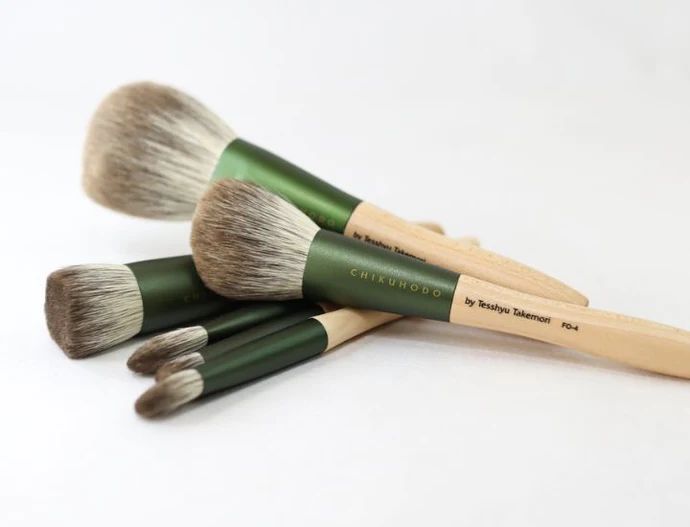
Fude is one of the oldest and most prestigious brush makers in Japan, founded in Kyoto in 1860. Their brushes are still made using traditional techniques with the finest materials. Fude brushes are prized for their soft, responsive bristles and exquisite craftsmanship.
Isabey
Isabey is a French company that has specialized in fine artist brushes since 1799. Their Japanese subsidiary produces excellent quality hake brushes. Isabey’s prestige and history as a brushmaker make their hake brushes highly sought after.
Chikuhodo
Chikuhodo is another eminent brush producer from Kumano, Japan that’s been crafting brushes for over a century. Their hake brushes are meticulously hand-sculpted and known for having a delicate touch.
Cultural Significance
The hake brush has played an important role in Japanese art and culture for centuries. According to Kobayashi Hake on Japanese Brush making, the soft, tapered shape of the hake brush was ideal for calligraphy and painting techniques like sumi-e that emerged in Japan as early as the 14th century. The simplicity of the hake brush handle and fine tip enabled artists to produce subtle variations in line, tone, and texture.
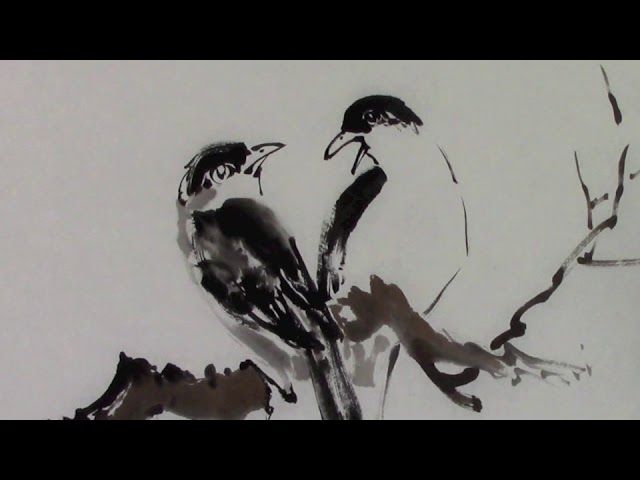
Hake brushes became a symbol of Japanese aesthetic principles like wabi-sabi that value simplicity, transience, and natural materials. They represent an artist’s direct connection to the medium.
Today, hake brushes continue to be handmade in the traditional style for use in calligraphy and painting. As interest grows in Japanese art overseas, the hake brush remains an iconic tool and keepsake.


